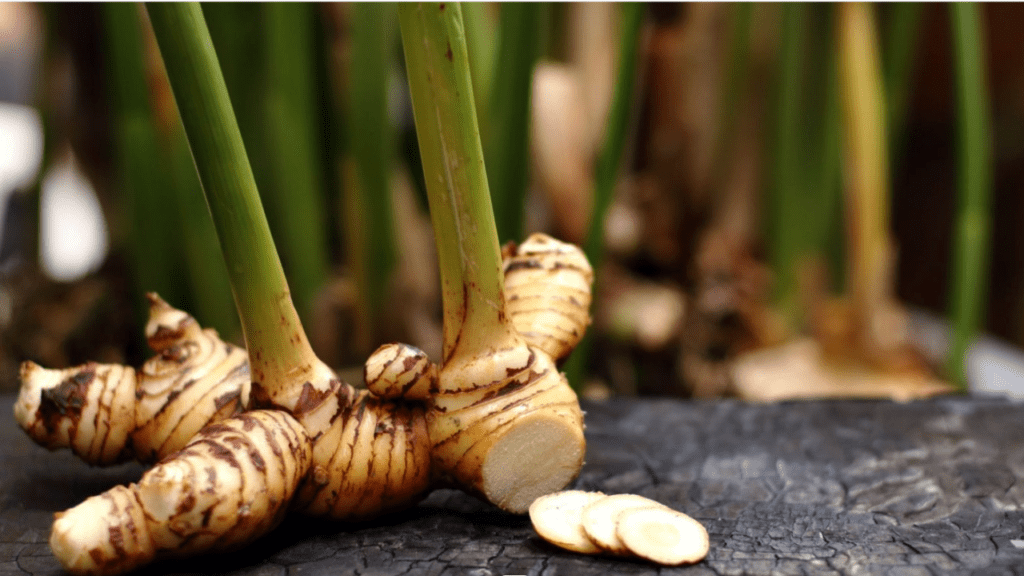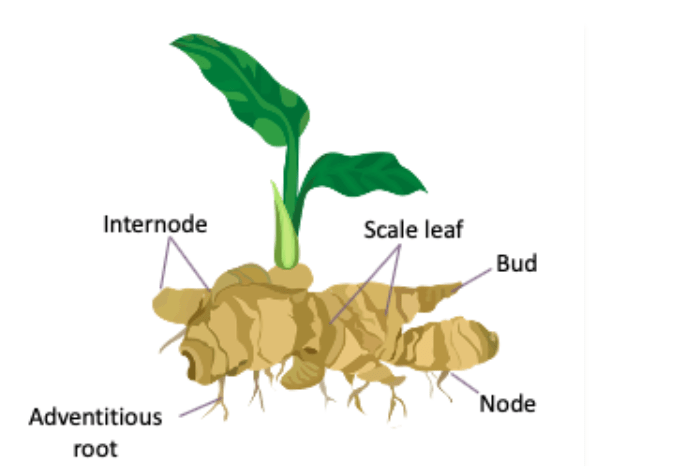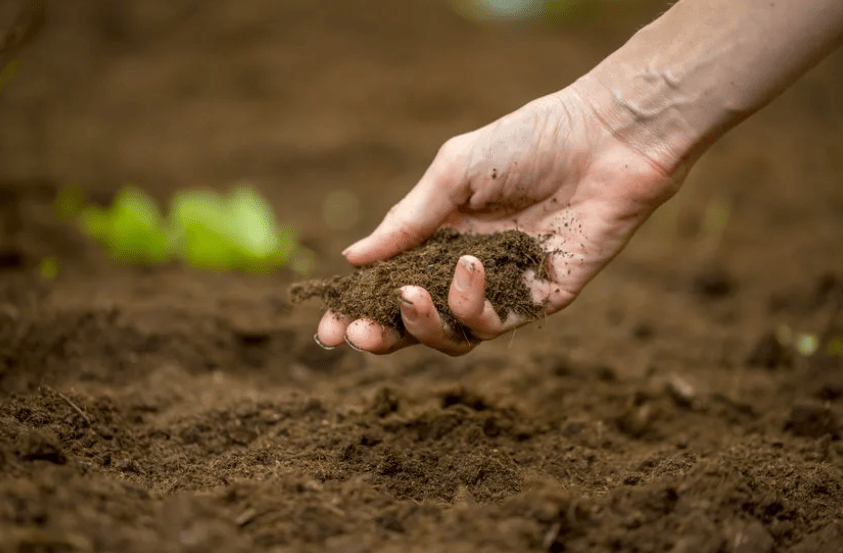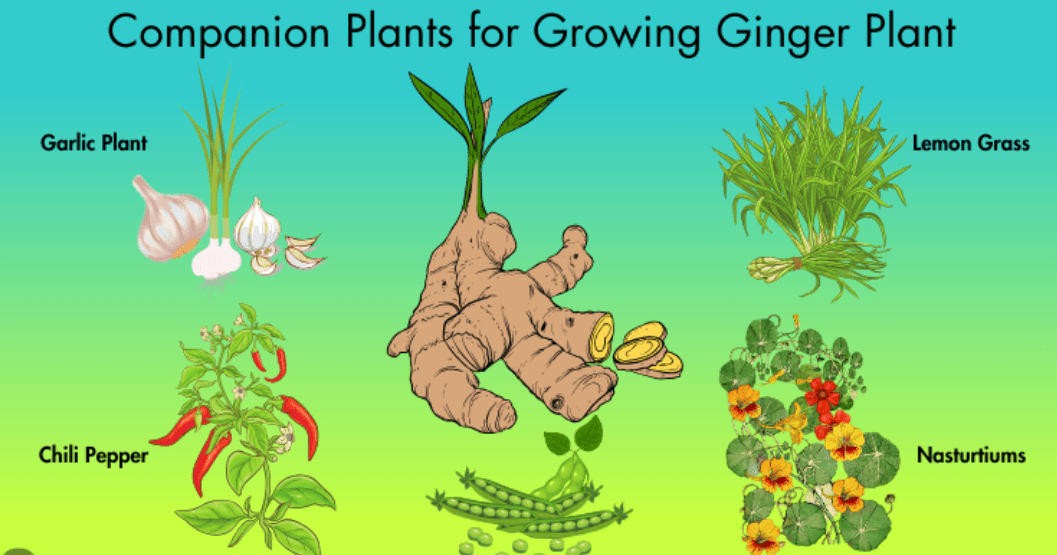
Ginger Plant Seeds: Your Ultimate Guide to Growing and Harvesting at Home!
If you’re looking to add some excitement to your garden, consider growing your own ginger plants at home. Not only is it a simple and enjoyable process, but it also gives you access to fresh and flavorful ginger for your cooking. By getting the right seeds and providing proper care, you can take pride in cultivating your own ginger plants right in your backyard.
Ginger plants are a great addition to any home garden. They are easy to grow and provide fresh and flavorful ginger for cooking. By starting with ginger plant seeds, you can have the satisfaction of cultivating your own ginger plants right in your backyard. This not only adds excitement to your gardening experience but also allows you to have access to fresh ginger whenever you need it. With the right care and attention, growing ginger plants at home can be a rewarding and enjoyable process. Whether you’re an experienced gardener or a beginner, adding ginger plants to your garden can bring a new level of satisfaction and flavor to your home cooking.
Table of Contents
ToggleOverview of the benefits of growing ginger from seeds
Growing ginger from seeds has many benefits. Not only is it a simple and enjoyable process, but it also gives you access to fresh and flavorful ginger for your cooking. By getting the right seeds and providing proper care, you can take pride in cultivating your own ginger plants right in your backyard. This allows you to have a sustainable source of ginger, and you can enjoy the satisfaction of growing your own food. Additionally, growing ginger plants from seeds allows you to have control over the cultivation process, ensuring that you are growing organic, high-quality ginger. It’s a great way to add diversity to your garden and enhance your home cooking with the delicious flavor of freshly grown ginger. With the right care and attention, growing ginger from seeds can be a rewarding and beneficial experience.
Preview of what will be covered in the article
In this article, we will cover the benefits and process of growing ginger plants from seeds. We will discuss the enjoyment and satisfaction that comes from cultivating your own ginger, as well as the control and sustainability it provides. Additionally, we will provide tips and guidance on how to successfully grow ginger plants at home. Whether you’re a beginner or an experienced gardener, this article will help you understand the rewarding process of growing ginger from seeds.
Understanding Ginger Plant Seeds

1. Anatomy of ginger plant seeds: size, color, and characteristics
The anatomy of ginger plant seeds includes their size, color, and characteristics. Ginger plant seeds are small, usually around the size of a grain of rice. They are typically a light brown or tan color. The seeds have a hard outer coating that protects the embryo inside. When planting ginger seeds, it’s important to soak them in water overnight to help soften the outer coating and encourage germination. The characteristics of ginger plant seeds also include their resilience and ability to grow into a robust ginger plant when given the right conditions and care. Overall, understanding the anatomy of ginger plant seeds can help gardeners successfully grow their own ginger at home.
2. Varieties of ginger plants grown from seeds and their unique attributes
There are several varieties of ginger plants that can be grown from seeds, each with its own unique attributes. One popular variety is the Zingiber officinale, which is the most common type of ginger used in cooking. It has a spicy and aromatic flavor, and its unique attribute is its ability to aid digestion and reduce nausea. Another variety is the Alpinia galanga, also known as Thai ginger or galangal. This type of ginger has a citrusy and pine-like flavor, and is often used in Thai and Indonesian cuisine. Its unique attribute is its medicinal properties, such as anti-inflammatory and antibacterial properties. There are also other varieties such as the turmeric plant, which is a type of ginger known for its vibrant orange color and earthy flavor. Each variety has its own unique attributes and benefits, making them valuable additions to any garden.
3. Importance of selecting high-quality ginger plant seeds for cultivation
When it comes to cultivating ginger plants, selecting high-quality seeds is crucial for a successful and productive harvest. High-quality ginger plant seeds will ensure strong and healthy plants, leading to better yields and higher quality ginger. Look for seeds that are disease-resistant, have good germination rates, and are from reputable suppliers. By starting with the best seeds, you set yourself up for success and a bountiful ginger harvest. Additionally, high-quality seeds will result in plants that are more resilient and better able to withstand environmental stressors, ensuring a successful ginger growing experience. Investing in top-notch seeds is a key step in successful ginger cultivation.
Preparing for Planting

1. Selecting the right location and soil conditions for growing ginger from seeds
is crucial for a successful harvest. Ginger plants thrive in warm, humid climates and prefer well-draining, fertile soil. Choose a location that receives partial to full sunlight and has protection from strong winds. The soil should be loamy, rich in organic matter, and have a slightly acidic pH level. Before planting, amend the soil with compost or well-rotted manure to provide the nutrients and moisture retention that ginger plants need to thrive. It’s also important to ensure that the soil has good drainage to prevent waterlogging, as ginger roots can rot in waterlogged conditions. By taking the time to prepare the right location and soil conditions, you can set your ginger plants up for success and ensure a healthy and abundant harvest.
2. Soil preparation techniques to promote optimal growth and yield
are essential for any successful crop cultivation. One important technique is to conduct a soil test to determine the pH level, nutrient content, and texture of the soil. Based on the results of the soil test, you can then add amendments such as lime to adjust the pH level, and organic matter like compost or manure to improve soil fertility and structure. Tilling the soil to a proper depth can also help to aerate the soil and create a favorable environment for plant roots to grow. It’s important to remove any weeds, rocks, or debris from the soil before planting to prevent competition for nutrients and to ensure a clear space for plant growth. Additionally, using raised beds or rows can help to optimize drainage and prevent waterlogging. By implementing these soil preparation techniques, you can create the ideal conditions for your plants to thrive and achieve maximum growth and yield.
3. Tools and equipment needed for planting ginger seeds
include a spade or shovel for digging the soil, a rake for leveling the soil, and a hoe for creating furrows for planting the seeds. You will also need a watering can or hose for watering the seeds, as well as a measuring tool to ensure proper spacing between the seeds. Additionally, a mulch or organic material can be used to cover the seeds and retain moisture in the soil. It is also important to have gloves to protect your hands while working with the soil and seeds. These tools and equipment are essential for properly preparing the soil and planting ginger seeds to ensure optimal growth and yield.
Planting Ginger Plant Seeds

1. Step-by-step guide to planting ginger seeds in containers or garden beds
If you’re interested in planting ginger seeds in containers or garden beds, there are a few steps you can follow to ensure successful growth. First, you’ll need some essential tools and equipment including a spade or shovel, a rake, a hoe, a watering can or hose, a measuring tool, and gloves to protect your hands. Once you have all the necessary tools, you can start preparing the soil by loosening it with the spade or shovel and leveling it with the rake. Use the hoe to create furrows for planting the seeds and make sure to space them properly. Once the soil is prepared, you can plant the ginger seeds and cover them with mulch or organic material to retain moisture. Water the seeds regularly and provide them with proper care to ensure optimal growth and yield. By following these steps, you can successfully plant ginger seeds in containers or garden beds.
2. Best practices for spacing and depth of planting ginger seeds
When planting ginger seeds, it is important to space them properly to allow for optimal growth. Typically, ginger seeds should be planted about 6-8 inches apart, allowing enough room for the plants to spread out as they grow. As for the depth of planting, ginger seeds should be planted about 1-2 inches deep in the soil. This will provide the seeds with enough coverage while still allowing them to sprout and grow. It is important to ensure consistent moisture and proper care for the seeds to germinate and thrive. By following these best practices for spacing and depth, you can increase the likelihood of successful ginger plant growth.
3. Tips for watering and providing proper care to newly planted ginger seeds
When watering newly planted ginger seeds, it is important to keep the soil consistently moist, but not waterlogged. The soil should be well-draining to prevent water from pooling around the seeds. Water the ginger seeds regularly, making sure to water the soil, not the seeds directly, to avoid dislodging them. Once the ginger plants start to sprout, continue to water them regularly, making sure the soil remains consistently moist. In addition to watering, it is important to provide proper care to newly planted ginger seeds by ensuring they receive adequate sunlight, at least 6-8 hours per day, and protecting them from harsh weather conditions. Mulching around the plants can help retain moisture and protect the roots. Regularly check for signs of pests or diseases and take necessary measures to prevent any issues. With proper watering and care, your newly planted ginger seeds will have the best chance of thriving and producing healthy ginger plants.
Nurturing Ginger Seedlings to Maturity
Growing ginger seedlings to maturity requires proper care and attention. Start by selecting a well-draining soil to prevent water from pooling around the seeds. Regular watering is essential, but be sure to water the soil and not the seeds directly to avoid dislodging them. Once the ginger plants start to sprout, continue to water them regularly to keep the soil consistently moist. Adequate sunlight is also crucial, so make sure the seedlings receive 6-8 hours of sunlight per day and protect them from harsh weather conditions. Mulching around the plants can help retain moisture and protect the roots. Additionally, regularly check for pests and diseases, taking necessary measures to prevent any issues. With proper care and attention, your ginger seedlings will have the best chance of thriving and growing into healthy ginger plants.
In conclusion, growing your own ginger plant at home can be a rewarding and sustainable way to add fresh spice to your cooking. It’s a relatively low-maintenance plant that can thrive in a variety of climates, making it accessible to many home gardeners. By following the steps outlined in this guide, you can enjoy the satisfaction of growing your own spice and adding a unique, fresh flavor to your culinary creations. Plus, having a ginger plant at home can also provide you with a beautiful and fragrant addition to your indoor or outdoor garden. So why not give it a try and start growing your own ginger plant today?
Frequently asked question and Answer
To grow ginger at home, you will need a ginger root or rhizome. Plant it in a pot with well-draining soil, and keep it in a warm, sunny spot. Water it regularly and ensure the soil is moist but not waterlogged.
It can take several months for ginger to grow to a harvestable size. Typically, it takes about 8-10 months for the ginger plant to reach maturity.
Yes, ginger can be grown indoors as long as it receives enough sunlight and warmth. It’s important to choose a pot that is large enough to accommodate the ginger plant’s rhizomes and provide good drainage.
Growing ginger at home allows you to have a fresh and organic source of this popular spice. It also adds a beautiful and fragrant plant to your indoor or outdoor garden.
Yes, you can use store-bought ginger rhizomes to grow your own plants. Look for ginger roots with well-developed “eyes” or growth buds, as these are more likely to sprout and grow.
When the ginger plant is mature, you can carefully dig up the rhizomes from the soil. Use a spade or garden fork to gently loosen the soil and then lift the rhizomes out.
Ginger plants thrive in warm and humid conditions, so growing them in colder climates can be a challenge. However, you can try growing ginger in a greenhouse or indoors where you can control the temperature and environment.
Ginger plants are susceptible to pests such as aphids, mites, and mealybugs. They can also be affected by diseases like root rot and fungal infections. It’s important to monitor your plants and take preventive measures to keep them healthy.
